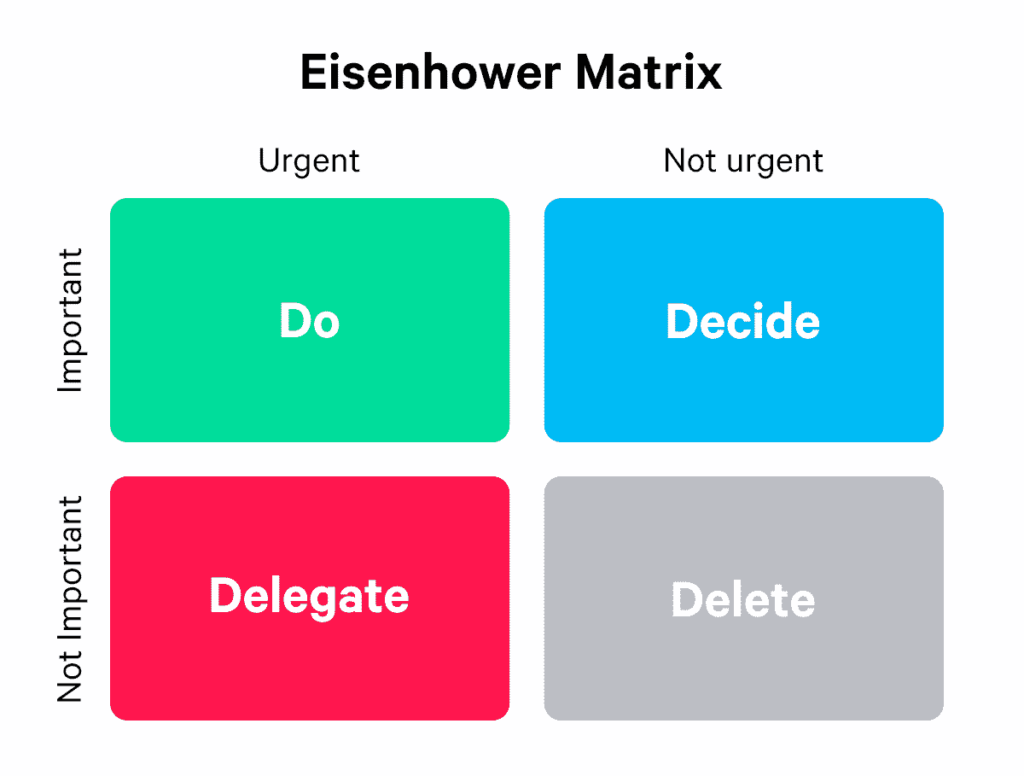If you’re a sales leader, you know how important it is to keep your team moving forward, even in challenging times. If a sales team isn’t actively improving, it will stagnate and performance will inevitably suffer. To keep that consistent level of momentum, it’s vital that sales teams have clearly defined sales objectives.
The right objectives help each person on the team to focus their efforts and make a real difference to their organizations. Still, many sales leaders aren’t sure how to go about setting sales objectives. This guide will explain exactly what sales objectives are, why they’re so important, and how to set objectives that get results (along with some smart goals examples for sales reps to implement).
Let’s start with the definition of what are sales goals.
What are sales objectives?
Simply put, sales objectives are the specific results you want to achieve within the sales organization.
Isn’t this just another term for sales quota? Not quite. While a quota could technically be defined as a sales objective, your objectives aren’t limited purely to how much a team or individual rep sells. As we’ll soon see, your sales objectives can cover a wide range of outcomes across every aspect of the sales process, not just the selling part.
Are objectives the same as goals? It depends on who you ask. Dictionaries define them as having the same meaning, and many sales organizations use the terms interchangeably. However, some teams prefer to differentiate the two terms, using goals to refer to the general direction that they’re aiming for, while the sales objectives are more specific. So, a sales goal could be to increase revenue, while the objective might be to increase revenue by 30% over the next quarter.
While we’re talking about specific results, sales objectives are not the same as metrics. Tracking the right metrics is an important part of setting sales objectives and seeing if you’re on track, but objectives involve more than just monitoring every possible metric. If you want your sales objectives to be effective, they must go beyond just desired results and include each individual step that will get you there.





